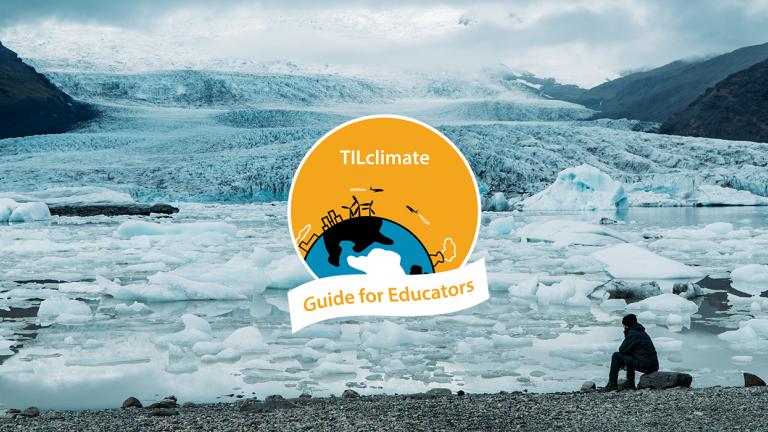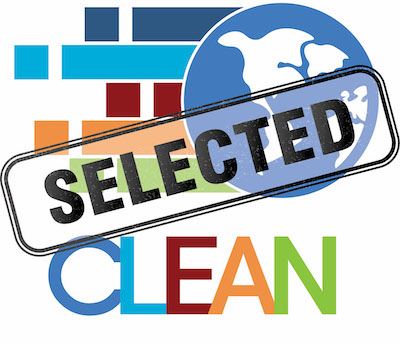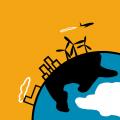
This Guide for Educators was developed by the MIT Environmental Solutions Initiative as an extension of our TILclimate (Today I Learned: Climate) podcast, to make it easier for you to teach climate change, earth science, and energy topics in the classroom. It is an extension of the TILclimate episode "TIL about uncertainty."
Browse all TILclimate guides for educators.
Description
Earth's climate system is enormously complex, and scientists develop climate models to understand how climate change will play out in different parts of the world. Students play a climate resilience game, and then explore the Intergovernmental Panel on Climate Change’s 5th Assessment Report to learn more about how climate scientists handle uncertainty in models.
SWBAT:
-
Understand that scientists use multiple models to predict the future of Earth’s climate.
-
Explain the importance of agreed-upon language for uncertainty.
-
Understand that specifics may be uncertain, even while the overall trend is very clear.
Skills:
-
Graph reading
-
Close reading of scientific text
-
Group communication
Standards:
-
HS-ESS3-5 Analyze the results from global climate models.
-
RST.11-12.2 Determine the central ideas or conclusions of a text; summarize complex concepts, processes, or information presented in a text.
Disciplinary core ideas:
-
ESS2.A Earth Materials and Systems
-
ESS2.D Weather and Climate
-
ESS3.C Human Impacts on Earth Systems
What is included in this Educator Guide
- How to use TILclimate Educator Guides (Download)
- Full Educator Guide (Download)
- Includes both Teacher and Student pages
- Includes both Teacher and Student pages
- Teacher pages (Download)
- Includes materials, discussion questions, background resources, and adaptation suggestions for science, social science, and ELA teachers
- Includes materials, discussion questions, background resources, and adaptation suggestions for science, social science, and ELA teachers
- Student pages (Download)
-
Game: NOAA Beat the Uncertainty
-
Reading: Representative Concentration Pathways
-
Reading & Discussion: IPCC Confidence and Likelihood
-
Excerpts from IPCC Summary for Policymakers
-
We are proud to be selected as part of the CLEAN (Climate Literacy and Energy Awareness Network) digital collection of high-quality resources that address climate and energy-related topics and are passed through an extensive peer-review process.
Listen to the episode



